IoT Industry : Powering the future through intelligence
By MYBRANDBOOK
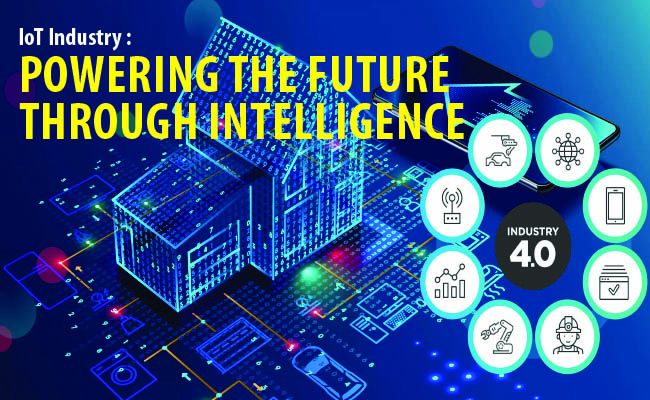
The Internet of Things (IoT) is gaining substantial traction over the past few years and playing a critical role in transforming several industries
The Internet of Things (IoT) is rapidly becoming a reality and set for a massive boom across industries of all scales. Gartner defines IoT as the network of physical objects that contain embedded technology to communicate and sense or interact with their internal states or the external environment.
The pandemic has spurred the need for various innovations that can drive the digital ecosystem, and IoT is one of them. According to Gartner, the worldwide IoT-connected devices are likely to increase to 43 billion by 2023. One of the primary reasons for this swift rise is the acceleration of digital transformation and the growth of 5G networks.
The Business Research Company report states that the global IoT market is slated to grow from $139 billion in 2020 to $162.39 billion in 2021, at a compounded growth rate (CAGR) of 16.6%. One of the primary reasons for the growth is companies resuming their operations and adapting to the new normal while recovering from COVID-19.
IoT, AI, data management, and cloud solutions enable businesses to automate their processes and fast-track growth. Not only do IoT-enabled platforms help organizations understand the different consumer platters, their behaviors and predict future outcomes, but they can also provide proactive resolution to a given problem and help navigate the uncertainties.
Changing the way of our communications
These are exciting times as far as technology is concerned. The amalgamation of data, analytics, artificial intelligence, machine learning, and cloud are creating unprecedented opportunities across industries. The concept of connected vehicles is already gaining momentum, and driverless cars will be a reality. Through the power of intelligent sensors, analytics, and machine learning, you can connect with your home appliances in real-time and give them directions even when not at home.
Connected devices and intelligent sensors are the future, and IoT will drive greater automation, exceptional business results, and process enhancements through accurate and actionable data. Various sectors such as healthcare, manufacturing, automotive, agriculture, retail, and hospitality are likely to generate better revenue from IoT devices. Across the world, there have been several new use cases emerging at an accelerated pace—the most prominent one of concepts of smart homes. There has been a significant development in the role of IoT in automating homes. Amazon Echo, Smart light, and Google’s Alexa are the prime IoT examples of home automation.
Some of the critical use cases of IoT include autonomous and connected vehicles, AR/VR, drones, smart cities, smartwatches, wearables, and home devices. In India, companies like TCS, Infosys, LTI, HCL Tech, Tech Mahindra, Wipro, and Mphasis are working on partners to develop IoT use cases. For the hospitality industry, IoT can help enhance safety, optimize room turnover and cleaning, providing customized experiences, smart infrastructure, and facilities.
Manufacturing is the biggest gainer
The biggest beneficiary emerging from IoT is the manufacturing sector. Over the last few years, IoT has become hugely popular and influential in streamlining manufacturing operations. The Industrial IoT, as it is widely known, is transforming the processes of manufacturing firms. The ingredients of IIoT comprises various advanced technologies such as artificial intelligence (AI), blockchain, analytics to enable enterprises to move towards lean manufacturing and automated processes. With reduced latency and trailblazing speed, the fifth generation of technology can help IoT’s efficiency in driving predictive maintenance, demand forecasting, and anomaly detection.
According to Deloitte, COVID-19 and the resulting geopolitical fallout have made it more urgent for corporate leaders to ensure that India can respond to the new normal. They also need to ensure that the country can seize the opportunity to increase its market share in the global manufacturing economy. COVID-19 has precipitated companies’ entire focus towards industry 4.0. Two things have become more important for companies: focusing on adopting digital technologies that constitute the Industrial 4.0 revolution and investing in new products and services to thrive in the fast-evolving economic environment.
It is challenging to address manufacturers’ various sensitivities through wired connections, primarily used for IoT deployments. According to a report by EY, How IoT could power the future and what could stop it, Businesses have two primary goals from IoT and AI-powered revolution: productivity and growth. Despite efforts to improve efficiency and offset the cost through labor arbitrage, businesses need new approaches to offset years of productivity decline. The use of emerging technologies to measure asset utilization, combined with AI and real-time decision management systems, gives many businesses great hope of increasing productivity.
“IoT, AI, data management, and cloud solutions also give businesses great hope of accelerating growth. Companies can build platforms to listen to customers, recognize their behaviors and preferences, and better address their needs – even to the point of predicting what they want – and that leads to growth,” it states.
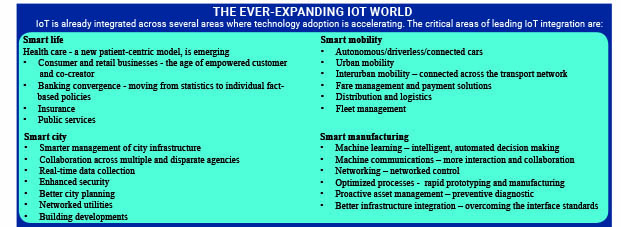
Key concerns
The biggest challenges related to IoT deployments are lack of strategy. Often, enterprises deploy IoT without having detailed planning around its implementation need and future-focused vision. Concerns related to data ownership, privacy, compliance, and algorithm bias can put CIOs in a difficult position.
Regarding IoT deployment concerns, the most significant ones are security, especially when it comes to multi-site operations. Connected devices can be controlled by hackers for their nefarious means. Imagine, someone taking control of the different devices being operated in factories, houses, enterprises.
According to a HP study, 70 percent of the most commonly used Internet of Things (IoT) devices contain vulnerabilities, including password security, encryption and general lack of granular user access permissions.
“This spike in demand [for IoT] is pushing manufacturers to quickly bring to market connected devices, cloud access capabilities and mobile applications in order to gain share. While this increase in IoT devices promises benefits to consumers, it also opens the doors for security threats ranging from software vulnerabilities to denial-of-service (DOS) attacks to weak passwords and cross-site scripting vulnerabilities,” HP notes.
Various vulneralabilities and threats which have emerged with the rise of IoT needs to be tackled by enterprises by implementing end-to-end security approach to scan and identify the network security flaws before they become a serious issues.
Enterprises will be required to explore technologies such as SD-WAN to resolve the issues related to IoT security. With IoT, the role of network administrators will become more complex as they will need to keep a consistent check through remote management. Robust authentication policies will be required to prevent attacks from IoT devices to other network sites.
A recent Technology Industry Innovation study by KPMG states that IoT is ranked as the top technology to have the tremendous potential to drive future business transformation and long-term value, especially around improved business efficiencies, increased profitability, and cost reduction. However, according to the study, the biggest challenge in fully embracing the IoT by enterprises is to shape a new relationship between organizations, customers, and others operating in their supply chain.
One of the ways to develop the relationship is to analyze data from a connected ecosystem, the KPMG report states. “Thus, building trust with customers and suppliers who want to know their data is secure, and for organizations to make informed business decisions, knowing they can trust the data collected,” it says.
Another challenge that creates a hindrance in the mass-level adoption of IoT among enterprises is the lack of robust mobile broadband connectivity. Large-scale transformations cannot be achieved consistently based on 2G/3G/4G or even in wired infrastructure. Because these technologies are either slow or have latency issues, or they may use an exorbitant amount of energy to support IIoT. The fifth generation of technology can become really useful in this case. When powered with 5G speed and AI-based analytics, manufacturers can forecast problems, analyze them in real-time, and curtail production downtime.
One of India’s leading IT services firms, Wipro, in a report, states that because of the high capacity, wireless flexibility, and low-latency performance of 5G, IIoT deployments in the manufacturing segment will see strong demand. In such a scenario, 5G has the potential to enable high-speed connectivity without the cost and complexity of fiber optic cables. And this makes 5G a natural choice for high precision manufacturing environments.
In addition, the sensors market will likely evolve considerably during the next three to four years. In the post COVID world, where businesses are going hybrid ways of working, sensor monitoring solutions will play a pivotal role in IoT-related projects.
What has held back IoT adoption in India
• Lack of clarity on what to prioritize
• Lack of vision and short-term value realization
• Lack of right talent and skills for implementing and maintaining IoT ecosystem
• Technical challenges of connectivity, compatibility, interoperability, and cybersecurity
Most common and easily addressable security issues in the IoT:
• Privacy concerns: Eight of the 10 devices tested, along with their corresponding cloud and mobile application components, raised privacy concerns regarding the collection of consumer data such as name, email address, home address, date of birth, credit card credentials and health information. Moreover, 90 percent of tested devices collected at least one piece of personal information via the product itself, the cloud or its mobile application.
• Insufficient authorization: 80 percent of IoT devices tested, including their cloud and mobile components, failed to require passwords of sufficient complexity and length, with most devices allowing password such as “1234.” In fact, many of the test accounts HP configured with weak passwords were also used on the products’ websites and mobile applications.
• Lack of transport encryption: 70 percent of IoT devices analyzed did not encrypt communications to the internet and local network, while half of the devices’ mobile applications performed unencrypted communications to the cloud, internet or local network. Transport encryption is crucial given that many of the tested devices collected and transmitted sensitive data across channels.
• Insecure web interface: Six of the 10 devices evaluated raised security concerns with their user interfaces such as persistent XSS, poor session management, weak default credentials and credentials transmitted in clear text. Seventy percent of devices with cloud and mobile components would enable a potential attacker to determine valid user accounts through account enumeration or the password reset feature.
• Inadequate software protection: 60 percent of devices did not use encryption when downloading software updates, an alarming number given that software powers the functionality of the tested devices. Some downloads could even be intercepted, extracted and mounted as a file system in Linux where the software could be viewed or modified.


Happiest Minds brings in an innovative GenAI chatbot
Happiest Minds Technologies has announced the new GenAI chatbot - ‘hAPPI...
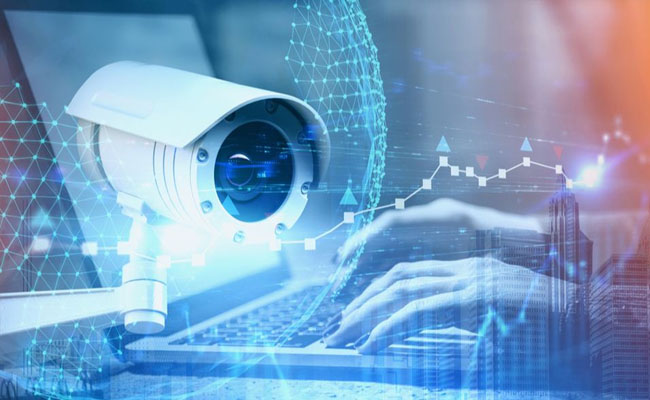
Government mandates encryption for CCTV cameras to ensure netw
In the wake of issuing an internal advisory on securing CCTV cameras at g...
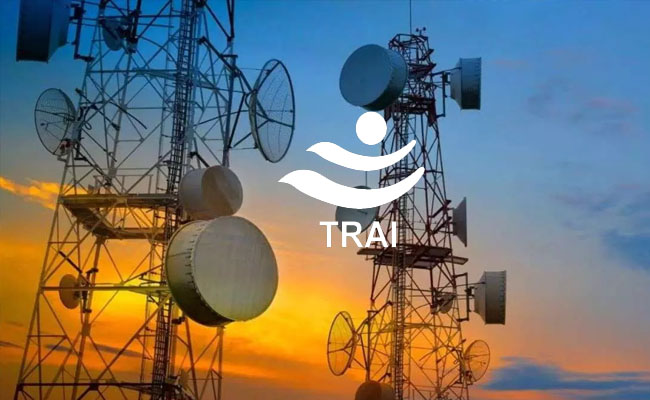
TRAI recommends allowing only Indian entities to participate i
The Telecom Regulatory Authority of India (TRAI) has recommended that onl...

Galaxy AI is available on more devices with Samsung One UI 6.1
Samsung has expanded the range of smartphones to which One UI 6.1 and Gala...

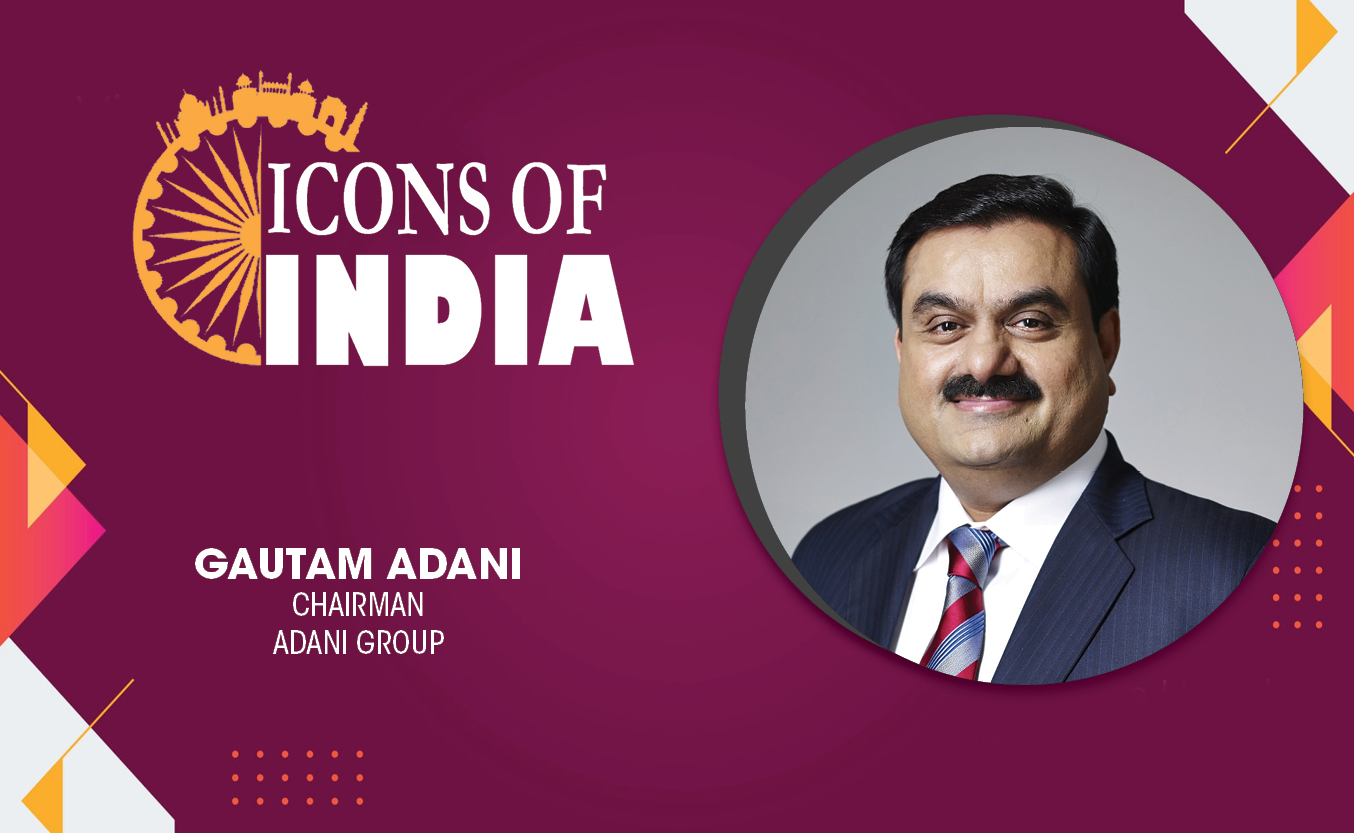
Technology Icons Of India 2023: Gautam Adani
Gautam Adani is the Founder and the Chairman of the Adani Group, an In...
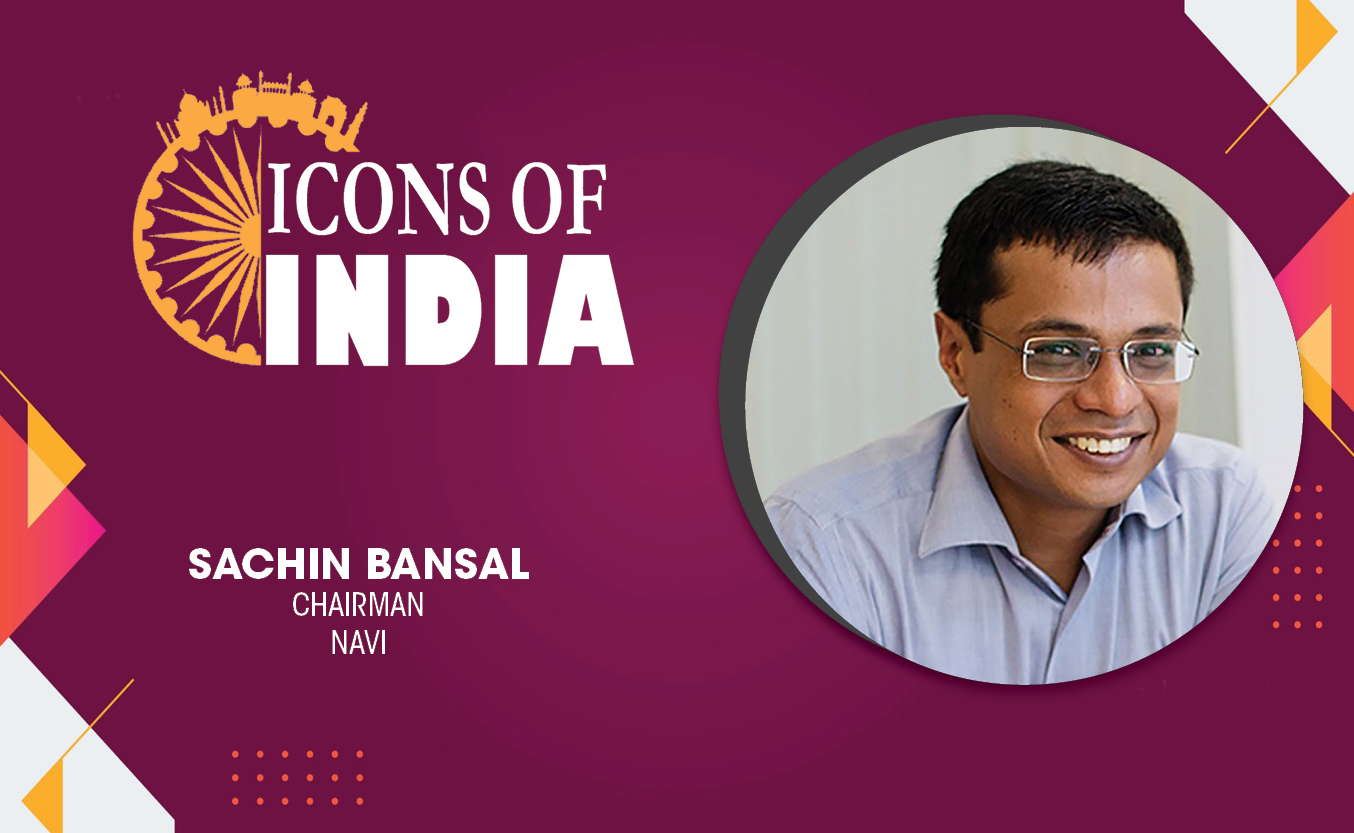
Technology Icons Of India 2023: Sachin Bansal
Sachin Bansal’s fintech startup, Navi Technologies, simplifies loan ...
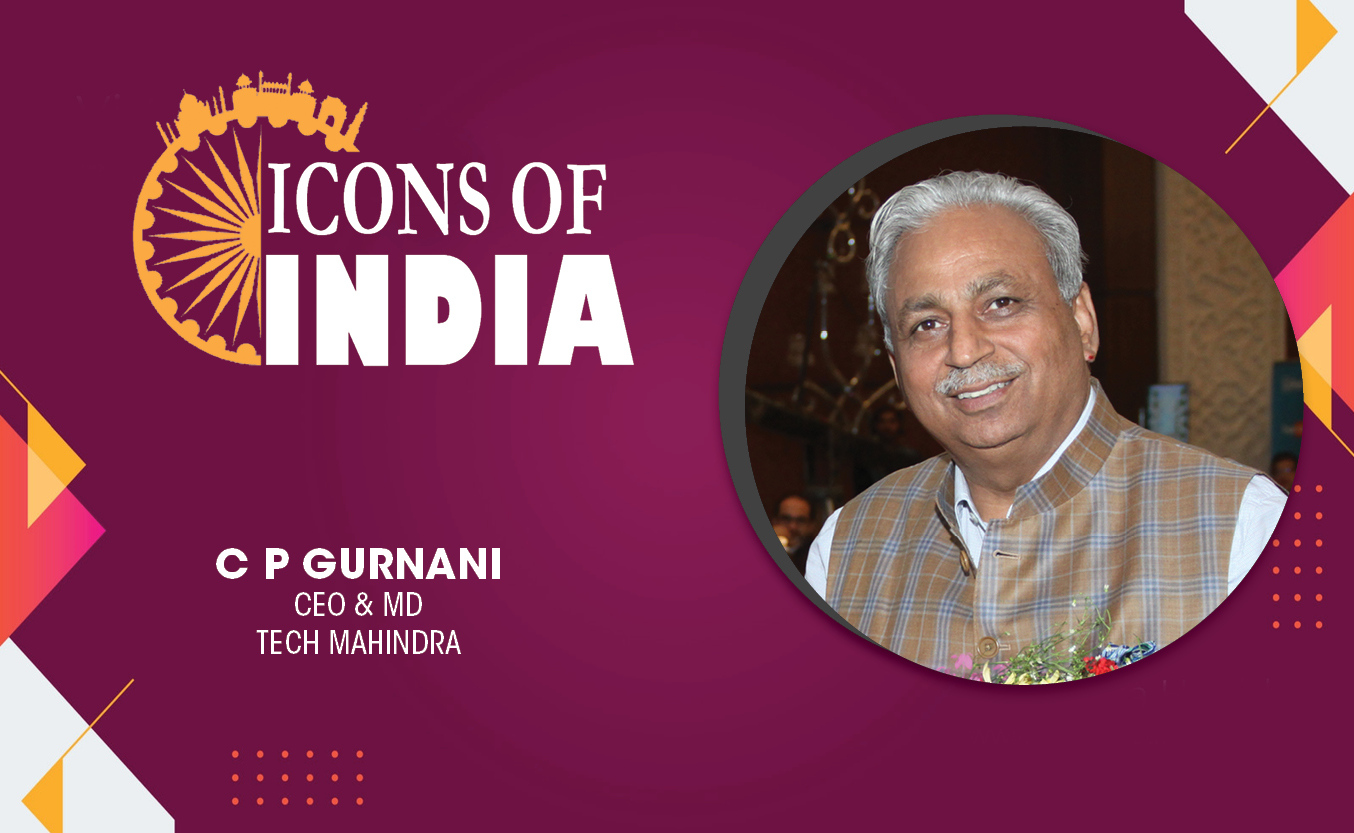
Technology Icons Of India 2023: C P Gurnani
CP Gurnani (popularly known as ‘CP’ within his peer group), is the...

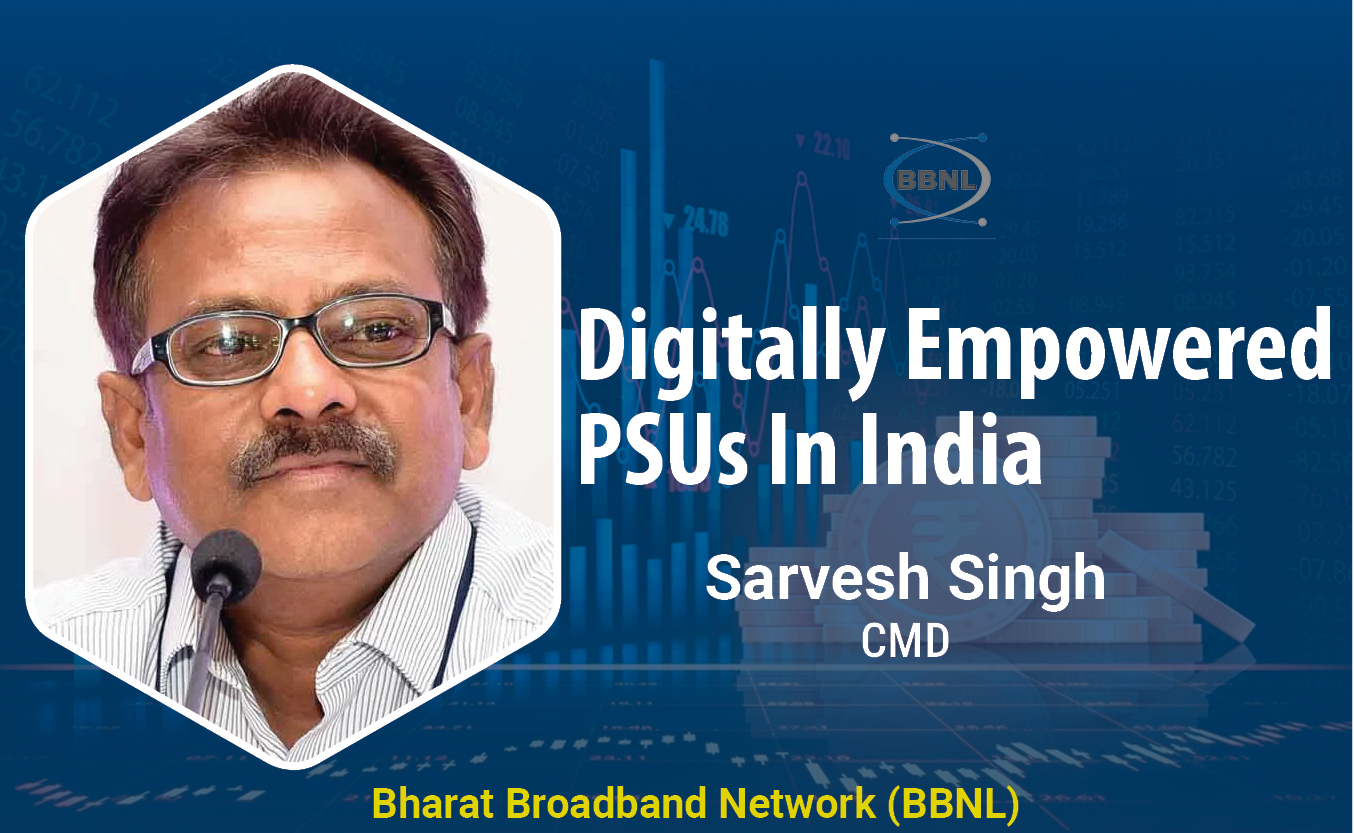
BBNL empowering rural India digitally
BBNL provide high speed digital connectivity to Rural India at afforda...

PGCIL transforming India with its wide power transmission network
Engaged in power transmission, POWERGRID or PGCIL is a stated owned In...

EESL encouraging e-mobility adoption across India
Energy Efficiency Services Limited (EESL) is a Super Energy Service Co...

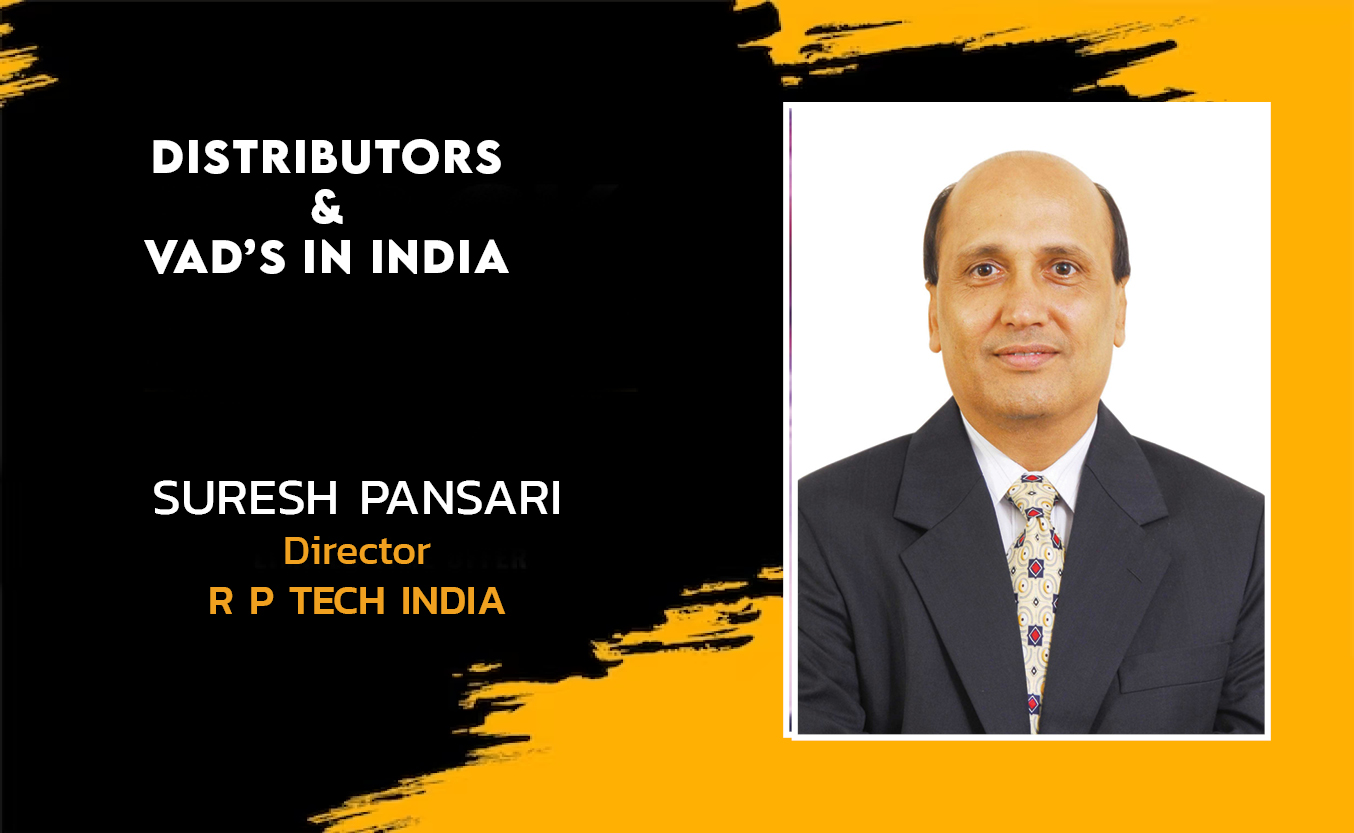
R P TECH INDIA
R P Tech is recognized for its diverse products portfolio, value-add...
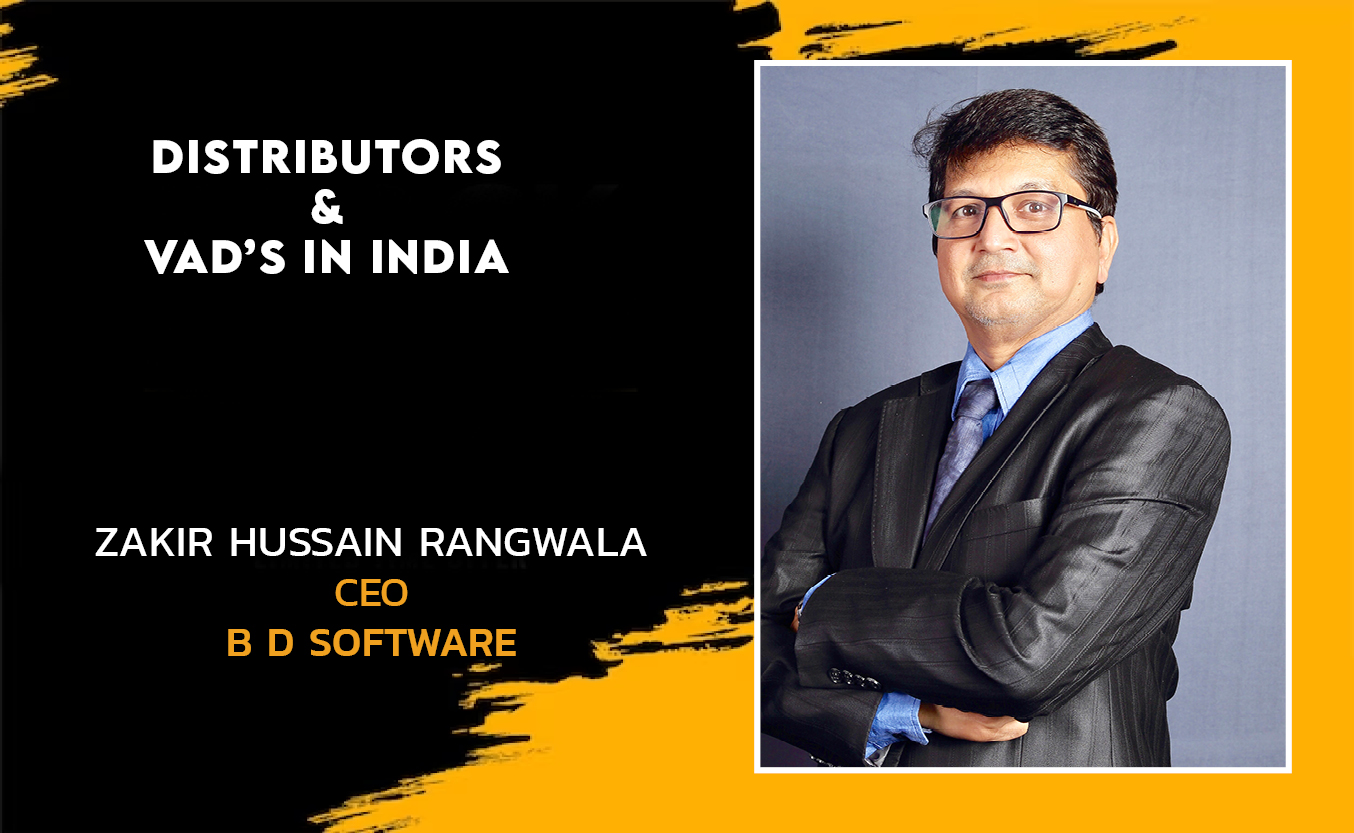
B D SOFTWARE
BD Software is the distributor of IT security solutions in India. The ...

TEXONIC INSTRUMENTS
Texonic has carved a niche for itself in the Technology Distribution i...